BRICS 2.0: Pursuing Global Governance and Growth
Image Carousel with 17 slides
A carousel is a rotating set of images. Use the previous and next buttons to change the displayed slide
-
Slide 1: photo
-
Slide 2: photo
-
Slide 3: photo
-
Slide 4: photo
-
Slide 5: photo
-
Slide 6: photo
-
Slide 7: photo
-
Slide 8: photo
-
Slide 9: photo
-
Slide 10: photo
-
Slide 11: photo
-
Slide 12: photo
-
Slide 13: photo
-
Slide 14: photo
-
Slide 15: photo
-
Slide 16: photo
-
Slide 17: photo



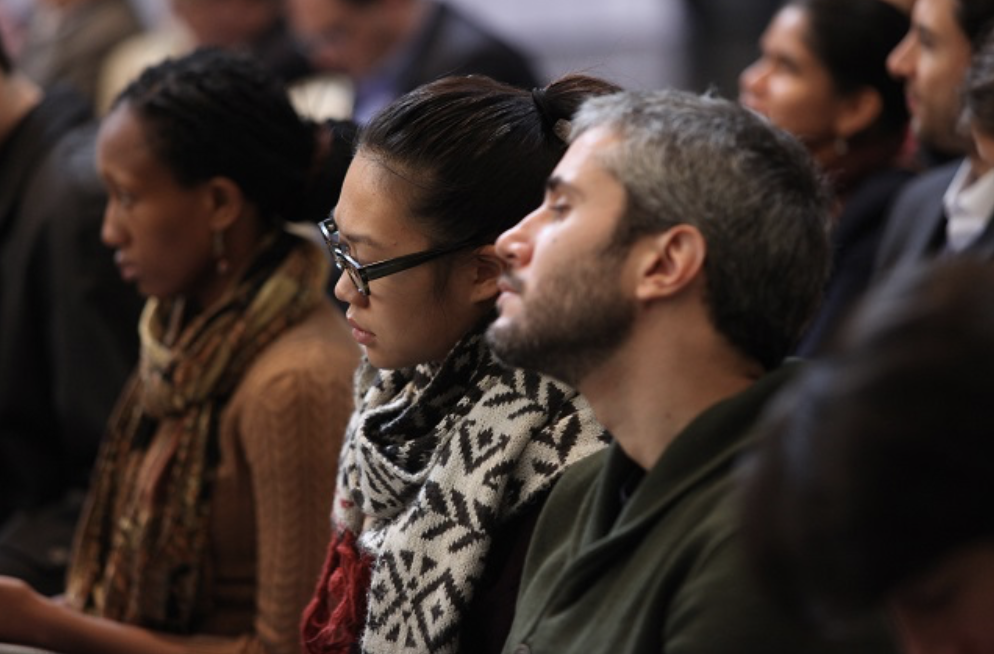
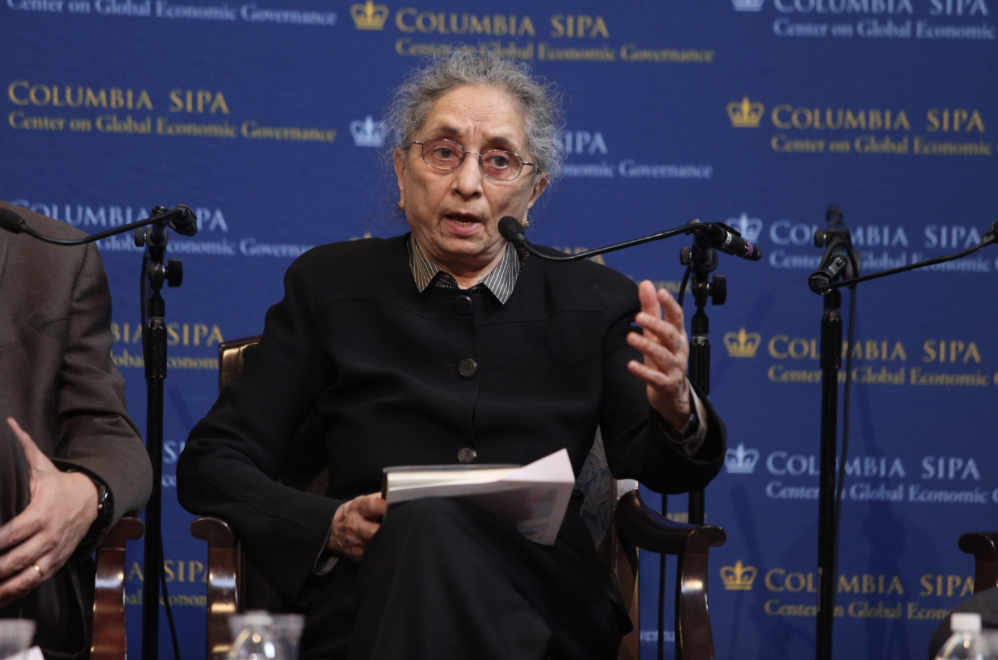

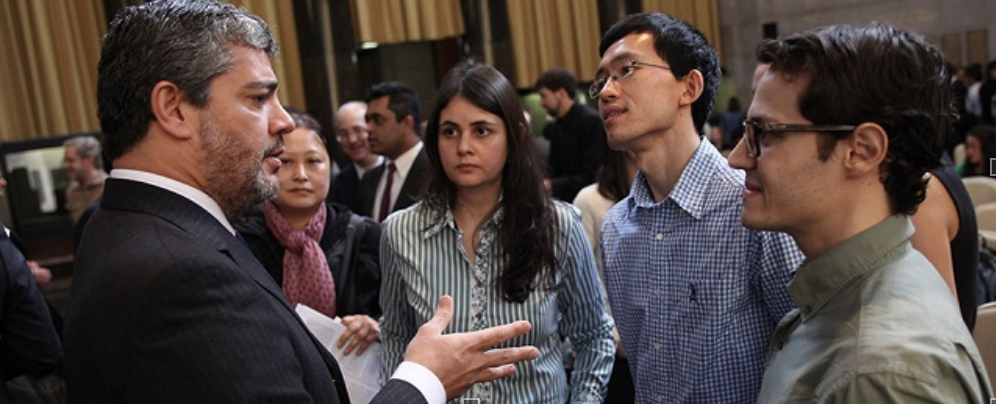
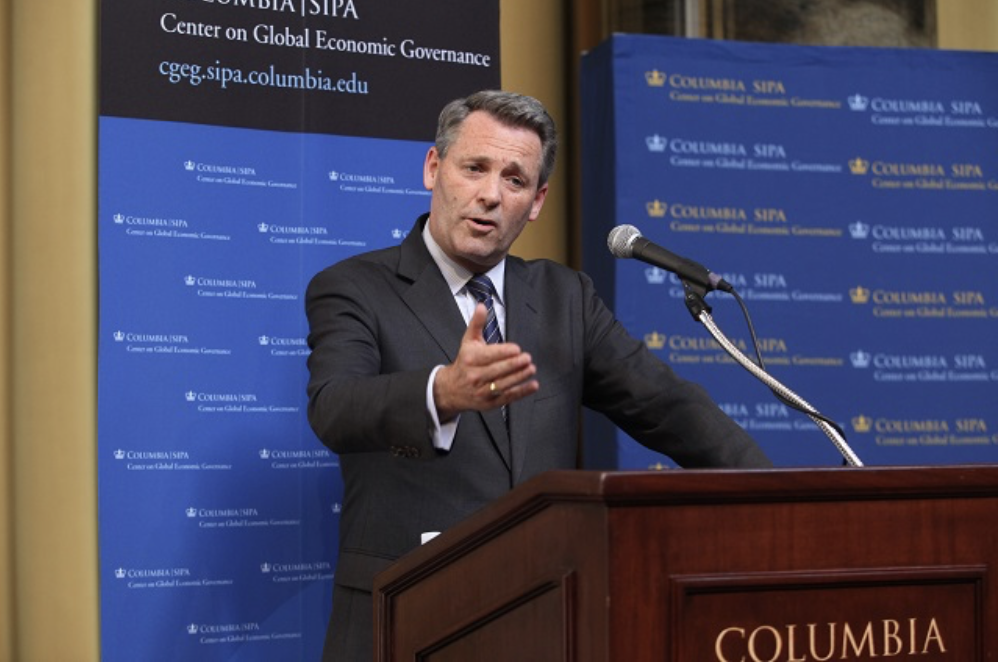
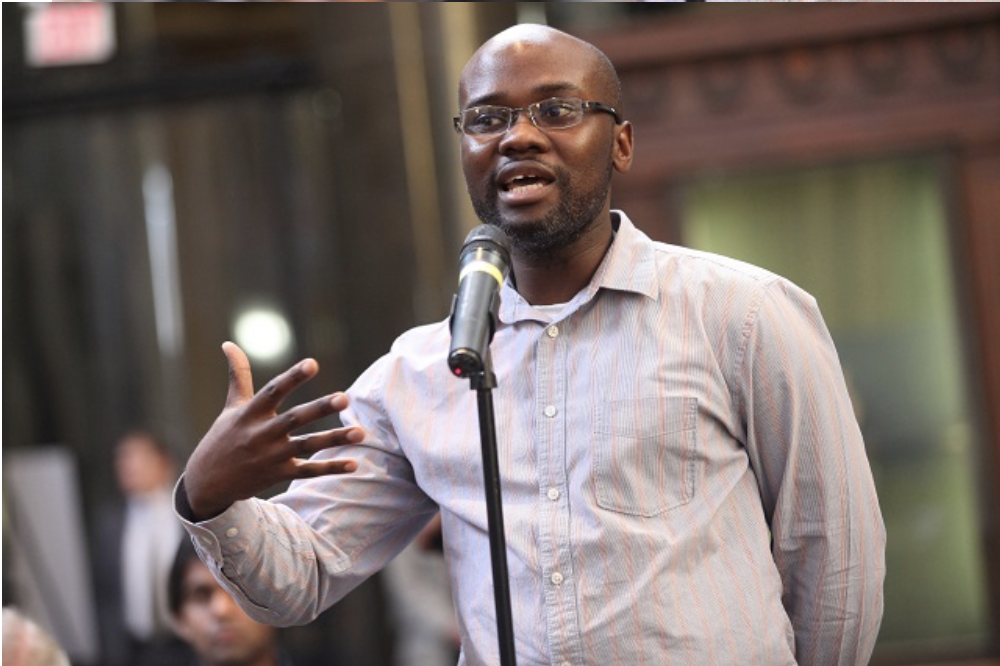
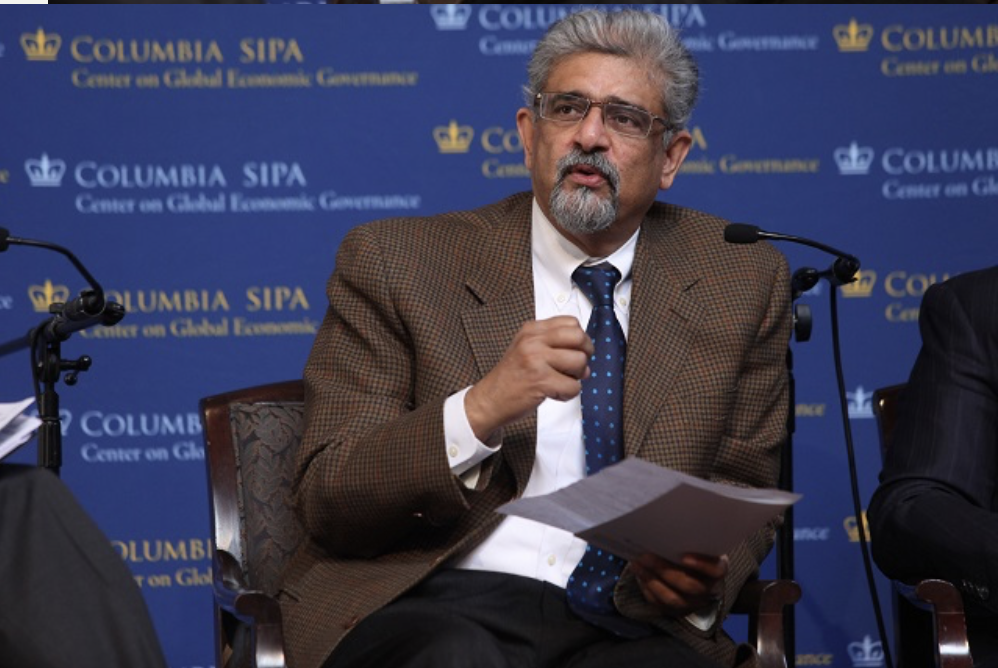


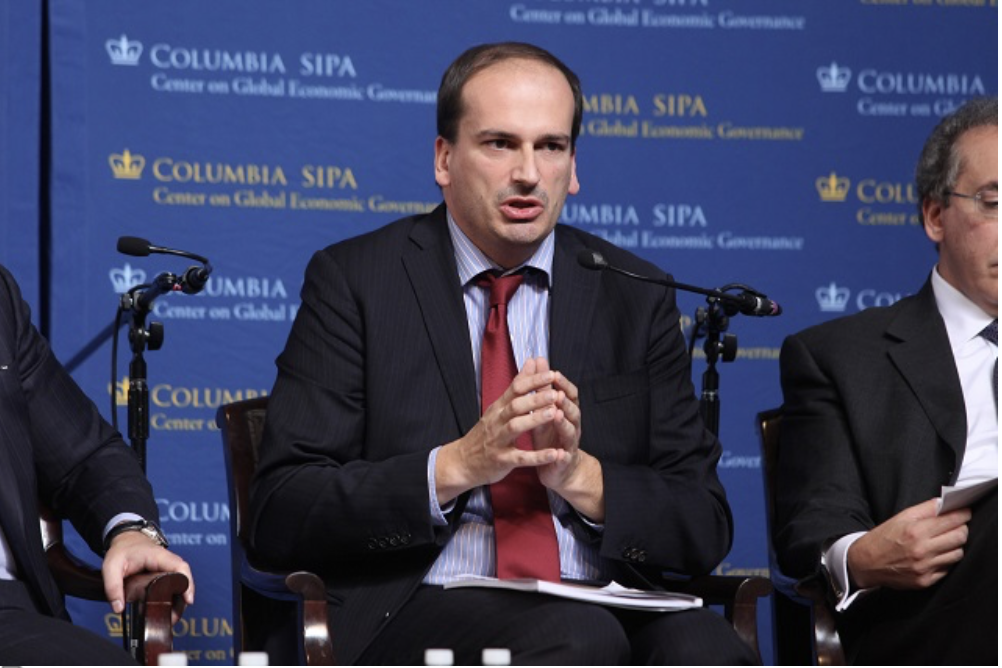
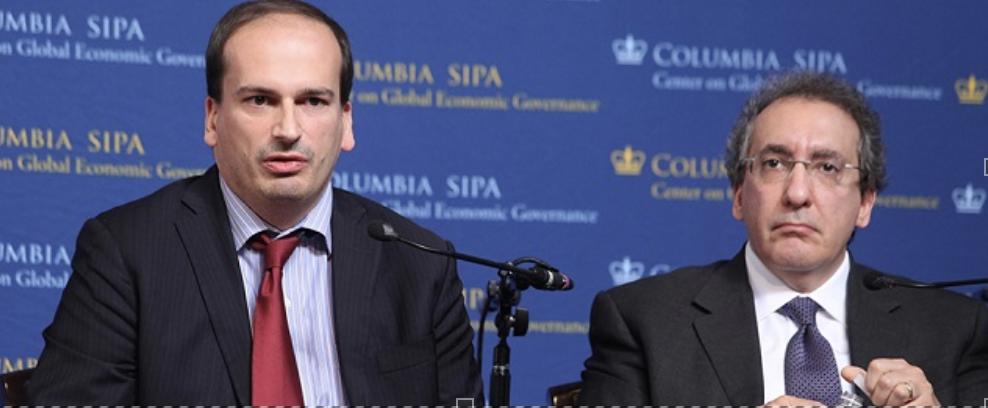
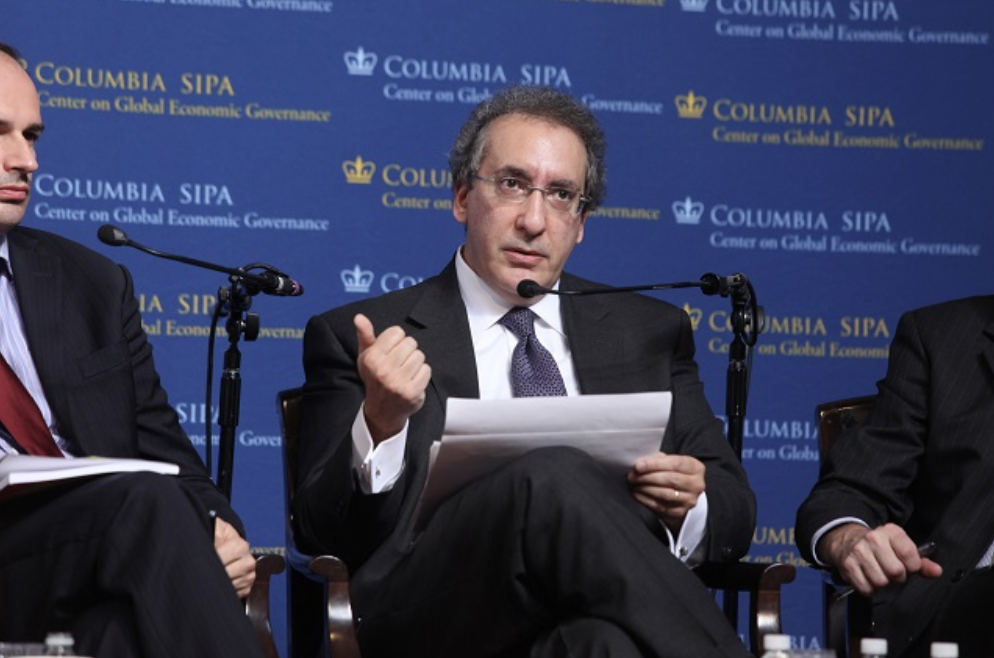
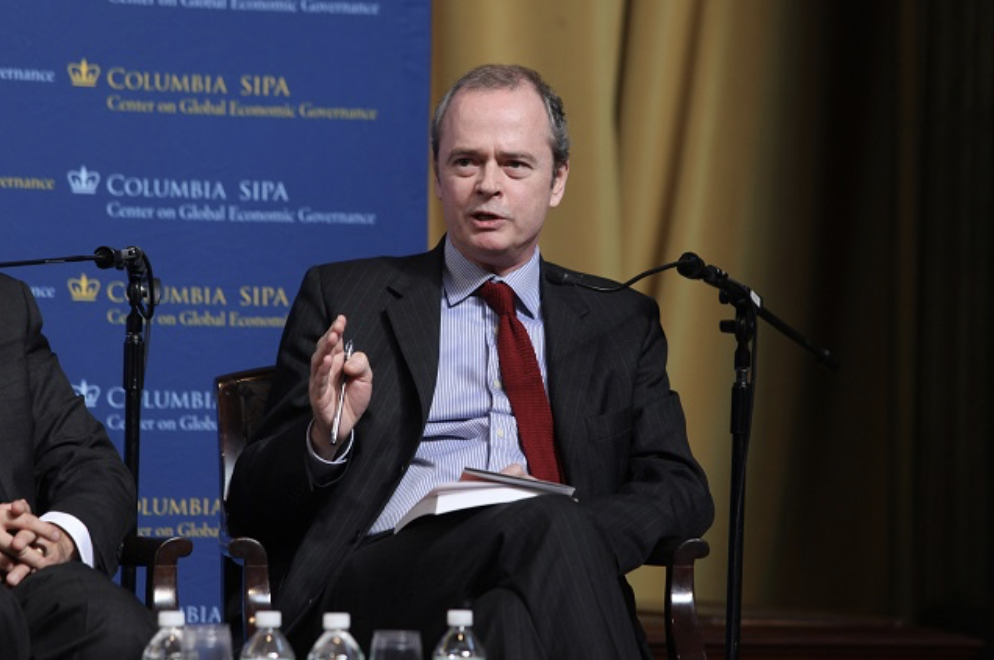
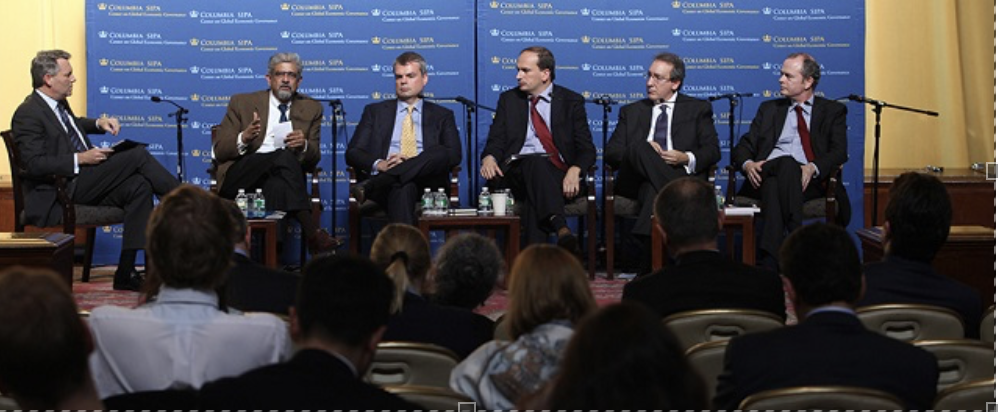
The fourth BRICLab Conference was held on November 14, 2014 at the Low Memorial Library at Columbia University. The Conference was organized by the BRICLab at the Center on Global Economic Governance (CGEG) at the School of International and Public Affairs (SIPA) around the theme “BRICS 2.0: Pursuing Global Governance and Growth.”
As noted by Marcos Troyjo, Co-Director, BRICLab at CGEG, the conference took place against the background of the assumption of office of the Modi-led BJP government in India, reelection of President Dilma Rousseff in Brazil, mounting tensions with Russia and the successful conclusion of the agreement to establish the New Development Bank (NDB) and the treaty for the establishment of a BRICS Contingent Reserve Arrangement (CRA).
The first session, moderated by Fernando Faria, who is the founder of InnovaBRICS, discussed BRICS as a new platform for global economic governance. Jan Svejnar, Director of CGEG, noted that the BRICS continue to increase their share of world GDP and population. He also pointed out that the NDB has good governance arrangements in the sense that each member has one vote, while no member has veto powers. The CRA is designed to address the short term liquidity problems faced by the member countries. Though some might view the capital of the NDB to be small compared to the Bretton Woods twins, the amount is large enough to start with. The NDB initiative should be welcomed as these diverse countries have formed the Bank in order to reach higher levels of investment. Svejnar noted that there is a need to watch whether the NDB would lend only to its members and whether it would remain conservative in its selection of projects.
Otaviano Canuto, Senior Advisor on BRICS at the World Bank, referred to the NDB as yet another instance of how multilateral institutions try to mitigate collective action problems. The difficulties that the European Union faces on account of it being a soft power were cited in this context. Canuto pointed out that, compared to the enormous investment requirements in infrastructure, the supply of long term debt finance is very scarce and multilateral development banks like the NDB can fill the gap to some extent. The launch of the NDB and the CRA also point to the paradigm shift in the global balance of power. China is trying to exercise its influence more as may be seen from the establishment of the Asian Infrastructure Investment Bank. The CRA is envisaged as a complement and not a substitute to the lines of credit offered by the IMF. Summing up, the NDB and the CRA are good initiatives in the face of the inability of the BRICS to meaningfully reform the IMF and the World Bank.
Padma Desai, Gladys and Roland Harriman Professor of Comparative Economic Systems at Columbia University, noted that the IMF’s prescriptive policies to the East Asian Economies during the Asian Financial Crisis attracted widespread criticism and were not in the interests of the affected economies. The failure of the IMF to often meet the expectations of the emerging market economies (EMEs) resulted in the EMEs scouting for alternatives. The fact that China and Russia are partnering with the other BRICS nations for the NDB and the CRA could not be perceived as a Russian attempt aimed to question the U.S. primacy according to Desai. The U.S. Federal Reserve, in fact, has not heeded the tapering related concerns of the EMEs which had done their bit of policy coordination with the advanced countries central banks during the global financial crisis.
Arturo Porzecanski, Distinguished Economist in Residence at the American University, remarked that there was much “hype” surrounding the EMEs in general and the BRICS in particular. The higher rates of economic growth are not sustainable and would very soon revert to the mean rate of economic growth. Many of the BRICS nations have internal and border problems to worry about and have so far not provided any concrete solutions to global governance issues. The NDB and the CRA are in anyway alternatives to the international trade and financial arrangements that have served the world very well till now. Some of the earlier regional arrangements had turned out to be money losing propositions and, according to Porzecanski, there was no reason to believe why the NDB and the CRA would be any different. He also argued that the construction companies in the region might ride piggyback on the NDB and its investment in infrastructure projects. Also, in the EMEs the payback from infrastructure projects is often sparse and spread over very long periods. The CRA seems to have been inspired by the Chiang Mai Initiative, but can in no way be an alternative to the IMF’s credit lines.
The second session was on the topic “Can BRICS Become Reemerging Markets?” and was moderated by David Fergusson, Co-CEO and President, The M&A Advisor. Khalid Malik, Head of Human Development Report, UNDP stated that many developing countries and EMEs had recently outperformed expectations and that there is evidence of balance of economic power shifting slowly to the EMEs. The gaps in the per capita GDP are closing in and China has already made its grand entry into the world.
Tony Volpon, Head of Emerging Markets Research, Nomura Equities, pointed out that according to the IMF the EMEs have converged more in the slowdown than in the boom. The earlier growth of the EMEs was fuelled by the demand boom in China. The present slowdown in the EMEs is systemic and long lasting and, hence, governance issues matter the most. The assumption of a new government in India with a simple majority in the Lower House of the Parliament is perceived as conducive to structural reforms.
Philip Schellekens, Senior Economist at the World Bank, expressed optimism about the potential of BRICS bouncing back from the current lower rates of growth and associated issues if they adopt the right long term policies. There is a need for the BRICS nations to align more with the global economy. The underlying macroeconomic fundamentals would determine whether the country is in an advantageous position to meet the policy challenges.
Gregory Bedrosian, CEO, Redwood Capital, noted that the BRICS present good entrepreneurial skills, which yield-seeking investors will find quite attractive. The recent IPO of Alibaba Group was cited as a case in point. However, the stock market returns over the past five years in the BRICS nations, barring India and South Africa, have mostly lagged the U.S. S&P 500 Index.
Jonathan Wheatley, Deputy Emerging Markets Editor, Financial Times, noted that not many EMEs could follow the steps of South Korea and Chile and graduate to developed country status. Nevertheless, the investors seem to repose their faith in credible commitment to reforms (as the new government in India emphasizing more governance and less government) and prefer low volatility.
Marcos Troyjo closed the session by noting how important it will be for the BRICS nations to adapt to and shape the new realities of globalization, as well as to expand their capacity to work as constructive participants in the institutional process of BRICS.
By Venkateswaran Ramakrishnan, Program in Economic Policy Management Candidate, SIPA, '15
